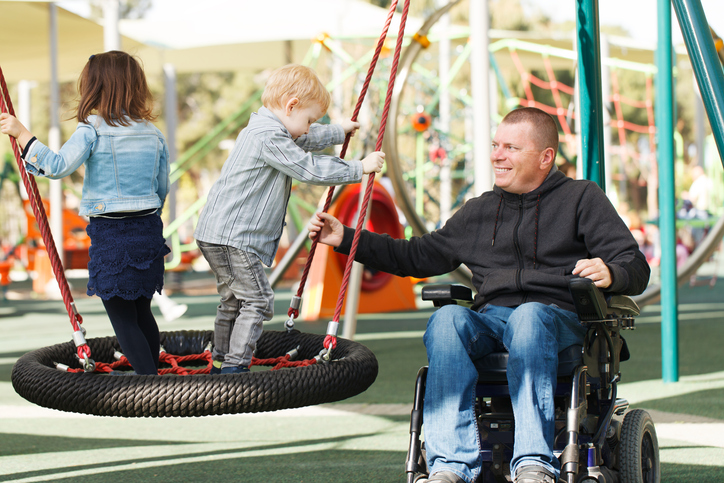Living with Chronic Pain
Pain Catastrophizing in Teenagers

What is pain catastrophizing?
Pain catastrophizing involves overestimating the negative effects of pain and placing significant focus on both the presence of pain and the feelings of helplessness surrounding pain. It can worsen pain sensations and increase feelings of depression. In addition, pain catastrophizing can reduce the effectiveness of treatments and can negatively impact social and emotional functioning. For these reasons, it is important for individuals to learn to minimize or eliminate pain catastrophizing.
Pain catastrophizing in teenagers
Teens particularly have a tendency to experience higher levels of catastrophizing. Studies have linked higher instances of pain catastrophizing among individuals whose parents present “protective parenting responses” to their pain, including behaviors such as giving them special attention or limiting their responsibilities and normal activities. Furthermore, pain catastrophizing tends to be correlated with a decrease in functional ability and cognitive performance.
Tips for managing pain catastrophizing may include addressing physical health, eliminating any misunderstandings, and considering medication if needed. Certain therapies can also be beneficial.
Psychotherapy
Cognitive behavioral therapy (CBT) is a common type of psychotherapy; it is a combination of cognitive therapy, which focuses on moods and thoughts, and behavioral therapy, which focuses on actions and behaviors. It involves learning how to identify and change inaccurate or negative thoughts and behavioral patterns in order to respond to stressful situations in a more effective way.
Acceptance and commitment therapy (ACT) is a mental health intervention used to increase psychological flexibility. Psychological flexibility allows an individual to live more fully in the present moment, allowing them to modify or maintain beneficial behavior. ACT therapy involves six primary processes: acceptance, cognitive defusion, being present, self as context, values, and committed action. It is important for a provider to validate the teen’s experience of pain throughout their treatment.
The practice of mindfulness involves using certain skills (e.g., guided imagery, meditation, journaling, breathing exercises, etc.) to focus on the present and observe inner thoughts and feelings without judgment. It often reduces instances of pain catastrophizing and strengthens coping mechanisms.


















